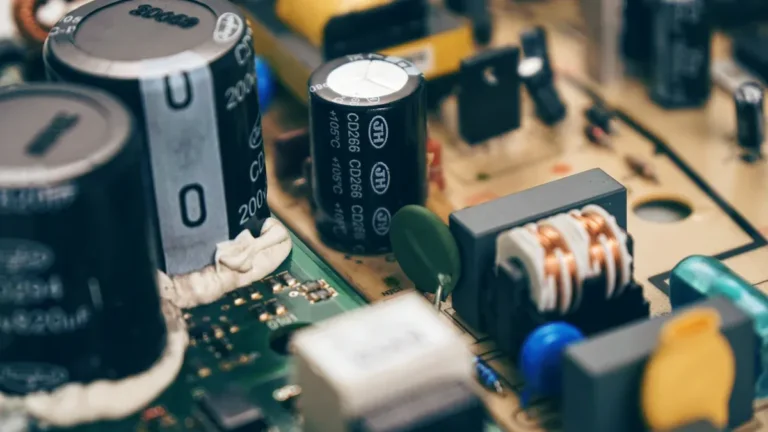Condensatore a carbone super attivo
.webp)
Buy Super Capacitor Activated Carbon
Le sfide del settore per il carbone attivo nei supercondensatori
Energy Density Limits
- AC offers terrific power density and long cycle life but has an inevitable disadvantage in storing less energy per unit volume/weight than battery technologies. Therefore, increasing energy density without diminishing power or lifetime constraint is indeed challenging.
Consistency & Sourcing
- Achieving reproducibility in AC properties throughout a large batch (surface area, pore structure distribution) from precursor materials that are derived from nature can be quite difficult. Deviations in batch variations will affect the predictability of the voltage response and cannot be assumed the same.
Electrode Processing and Fabrication
- The complexity of integrating high-surface-area AC powders into structurally robust and conductive electrodes with acceptable accessibility of enough electrolyte, involves complex slurry processing and coating techniques. It is also difficult to ensure sufficient adhesion in an electrode with a large thickness, as well as avoiding cracking.
Performance Compromises
- Often, optimizing pore size for maximal ion movement (power), conflicts with maximizing surface area in order to maximize charge storage (energy). Striking a compromise between the two competing designs for specific applications is not a trivial exercise.
Environmental & Processing Implications
- When producing high-performance AC, the synthesis often involves energy-intensive processes or use of environmental contaminants. Managing waste streams from AC production processes, and developing true sustainable, scalable production routes from waste products are significant ongoing implications.
Recyclability
- Recovering and reusing AC out of end-of-life supercapacitors is complicated by logistical and technical challenges.
tipi di carbone attivo correlati
-r8fslg51nt6wgjtvh6yldxb1gtkgm3lpe0oq1akgog.webp)
- Valore dello iodio: 600-1200
- Dimensione della maglia: 1×4/4×8/8×16/8×30/12×40/20×40/20×50/30×60/40×70 (più dimensione su richiesta)
- Densità apparente: 400-700
-r8fsli0q1h9h3rr567ruiwtynlb71ht629zozuhoc0.webp)
- Valore dello iodio: 500-1300
- Dimensione della maglia: 0.9-1mm/1.5-2mm/3-4mm/6mm/8mm (più dimensione su richiesta)
- Densità apparente: 450-600
-r8fslbfupn0gui0p8mxgjghqhw7mjm31pdfamwrfjk.webp)
- Valore dello iodio: 500-1300
- Dimensione della maglia: 150/200/300/350 (altre dimensioni su richiesta)
- Densità apparente: 450 - 550
-r8fsle9da54btbwls65c8xs4a1tq6pe8prdr2qn90w.webp)
- Valore dello iodio: 400-800
- Dimensione della maglia: 100×100×100mm/100×100×50mm (densità cellulare personalizzata su richiesta)
- Densità apparente: 350-450
- Diametro del foro: 1,5-8 mm

- Valore dello iodio: 700-1200 mg/g
- Superficie: 700-1200 m²/g
- Densità apparente: 320-550 kg/m³

- Valore dello iodio: 700-1200 mg/g
- Superficie: 700-1200 m²/g
- Densità apparente: 320-550 kg/m³

- Valore dello iodio: 700-1200 mg/g
- Superficie: 700-1200 m²/g
- Densità apparente: 300-650 kg/m³

- Valore dello iodio: 700-1200 mg/g
- Superficie: 700-1200 m²/g
- Densità apparente: 320-550 kg/m³

- Metodo di attivazione: Attivazione a vapore/gas ad alta temperatura
- Struttura dei pori: Dominata da microporosità, distribuzione uniforme dei pori
- Profilo ambientale: Senza sostanze chimiche, a basso contenuto di ceneri
- Applicazioni primarie: Adsorbimento in fase gassosa, purificazione dell'acqua potabile

- Metodo di attivazione: Attivazione chimica (ad es. H₃PO₄/ZnCl₂) a temperature moderate.
- Struttura dei pori: Ricca di mesopori, area superficiale più elevata
- Efficienza del processo: Tempo di attivazione più breve, resa superiore 30-50%
- Post-trattamento: Lavaggio acido necessario per rimuovere i residui

- Funzionalizzazione: Carica di agenti attivi (ad esempio, I₂/Ag/KOH).
- Assorbimento mirato: Maggiore cattura di inquinanti specifici (ad esempio, Hg⁰/H₂S/gas acidi).
- Personalizzazione: Ottimizzato chimicamente per i contaminanti target
- Applicazioni principali: Trattamento dei gas industriali, protezione CBRN
Perché utilizzare il nostro carbone attivo

Exceptional Material Consistency:
Our stringent manufacturing controls guarantee the uniformity of surface area, pore size distribution, and particle morphology from batch-to-batch. As a result, we offer predictable electrode performance, and easier integration into existing manufacturing systems.

Enhanced Electrochemical Performance:
Our engineered dual hierarchical porosity (micro-meso-macro pores) maximize the ion-accessible surface area while supporting fast ion diffusion, providing our electrodes with very high power density and energy density.

Improved Long-Term Stability:
By using advanced surface purification, we minimize the unstable oxygen functional groups and metallic impurities on our surface to minimize gas evolution during cycling, thus improving device lifetime, and operational safety.

Customized Application Solutions:
Our surface chemistry and pore structures can be tuned and customized for specific electrolyte compatibility and to target performance measures (e.g., high power vs. high energy focus).

Sustainable and Scalable Copying Supply:
We use reliable precursors and optimized activation conditions to ensure our practice is environmentally responsible and offers reliable quality at scale and reasonable costs.
Processo e tecnologia
1. Primary Electrode Material in EDLC Supercapacitors
Panoramica della soluzione
Upon AC electrodes, charge is stored physically due to the mechanism of ion adsorption at the electrode/electrolyte interface. AC electrodes have high surface area and tunable pore subnetworks (micro/mesopores) which could help with the number of accessible ions as well as the overall charge storage capacity.
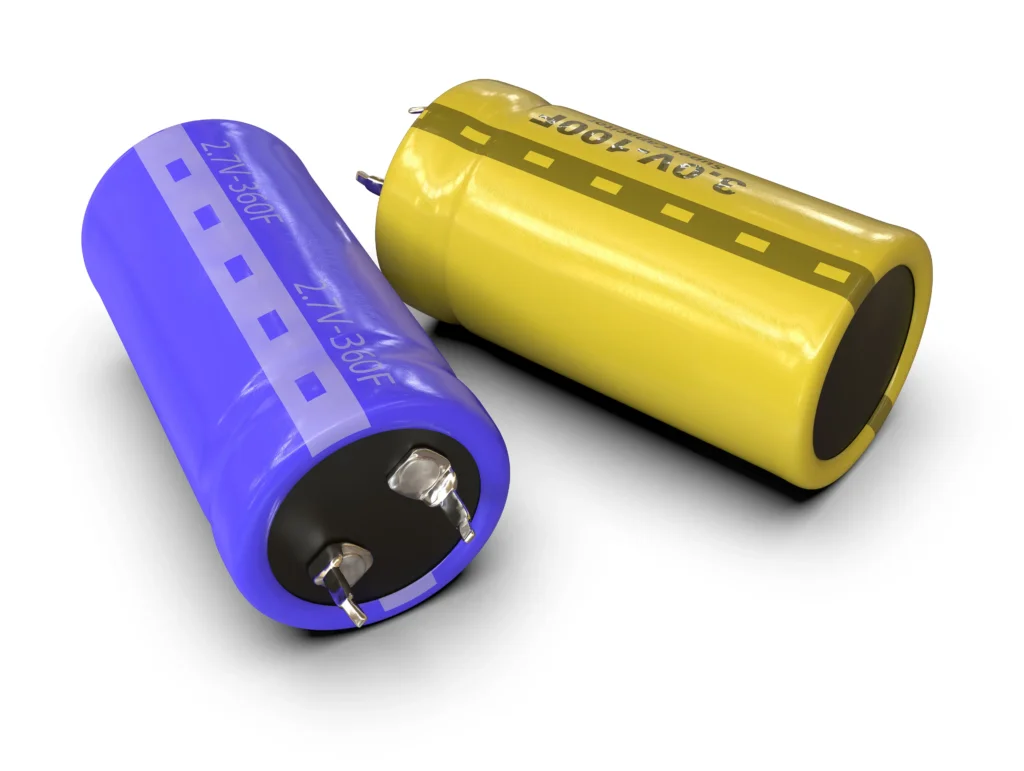
Vantaggi principali
- High surface area enables massive charge storage capacity through double-layer formation.
- Rapid ion adsorption/desorption supports ultrafast charge/discharge cycles and high power density.
- Physical charge storage ensures exceptional cycling stability and longevity.
- Broad operating temperature range suits diverse environmental conditions.
2. Biomass-Derived Sustainable Electrodes
Panoramica della soluzione
Biomass precursors undergo carbonization and chemical activation (e.g., KOH, self-activation) to produce AC with tailored pore hierarchies and heteroatom doping (O, N). This enhances conductivity and pseudocapacitance.
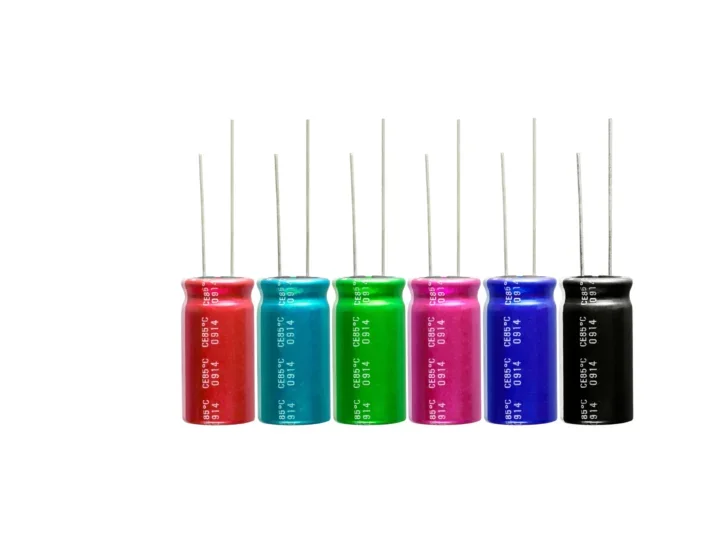
Vantaggi principali
- Waste valorization reduces environmental impact and raw material costs.
- Self-doped heteroatoms (e.g., N/O from biomass) improve wettability and introduce pseudocapacitance.
- Hierarchical pores (macro/meso/micropores) facilitate ion buffering and rapid diffusion.
- Lower activation temperatures in some methods reduce energy consumption.
3. Composite Electrodes with Transition Metal Hydroxides
Panoramica della soluzione
AC acts as a conductive scaffold for metal hydroxides, mitigating their poor conductivity and stacking issues. The composite leverages both double-layer capacitance (AC) and reversible faradaic reactions (hydroxides).
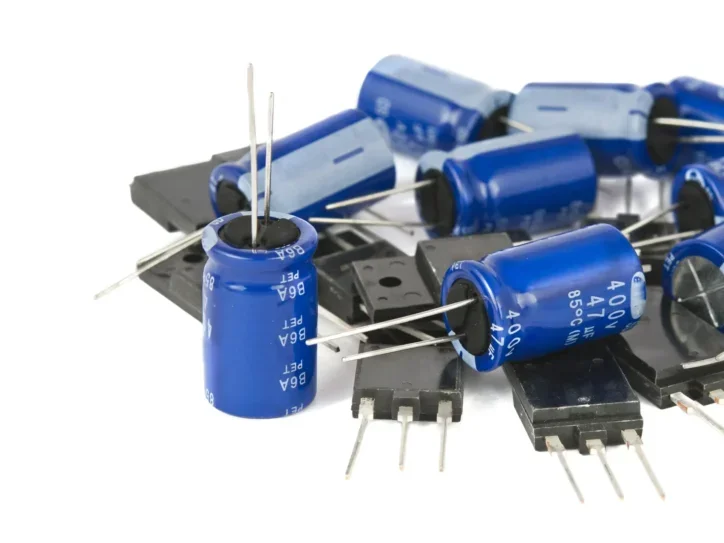
Vantaggi principali
- Energy density boost via combined charge storage mechanisms.
- Enhanced conductivity from the AC framework enables efficient electron transport.
- Suppressed electrode stacking exposes more active sites for redox reactions.
- Improved cycle life due to structural stability from AC support.
4. Post-Filling for High Volumetric Performance
Panoramica della soluzione
Macro/mesopores in AC are filled with carbonizable agents (e.g., tannic acid), followed by carbonization. This increases density while preserving microporous charge storage sites.
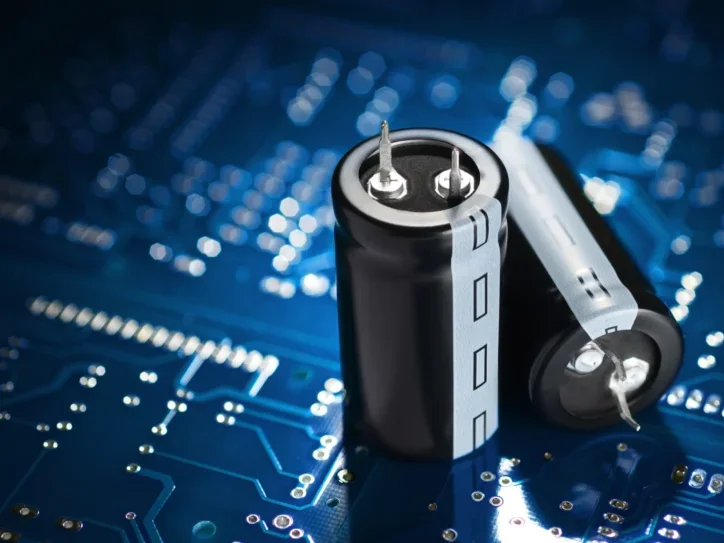
Vantaggi principali
- Higher electrode density elevates volumetric capacity without sacrificing porosity.
- Retained rate capability ensures performance under high current loads.
- Optimized pore utilization balances ion diffusion and charge storage.
5. Surface Functional Group Engineering for Gas Suppression
Panoramica della soluzione
High-temperature treatment removes surface groups (e.g., carboxyl, quinone). Mixed-acid purification further reduces impurities (e.g., Fe), minimizing gas generation.
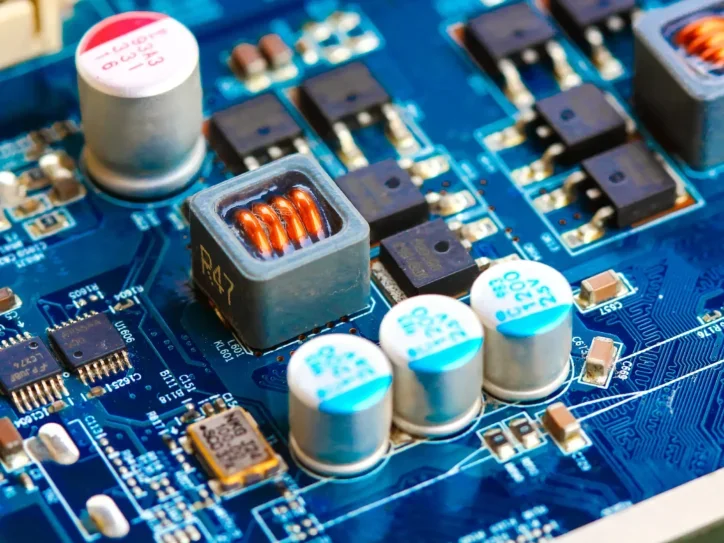
Vantaggi principali
- Reduced gas evolution extends device lifespan and safety.
- Higher purity lowers internal resistance and improves conductivity.
- Stabilized electrochemical interface enhances cycling reliability.

